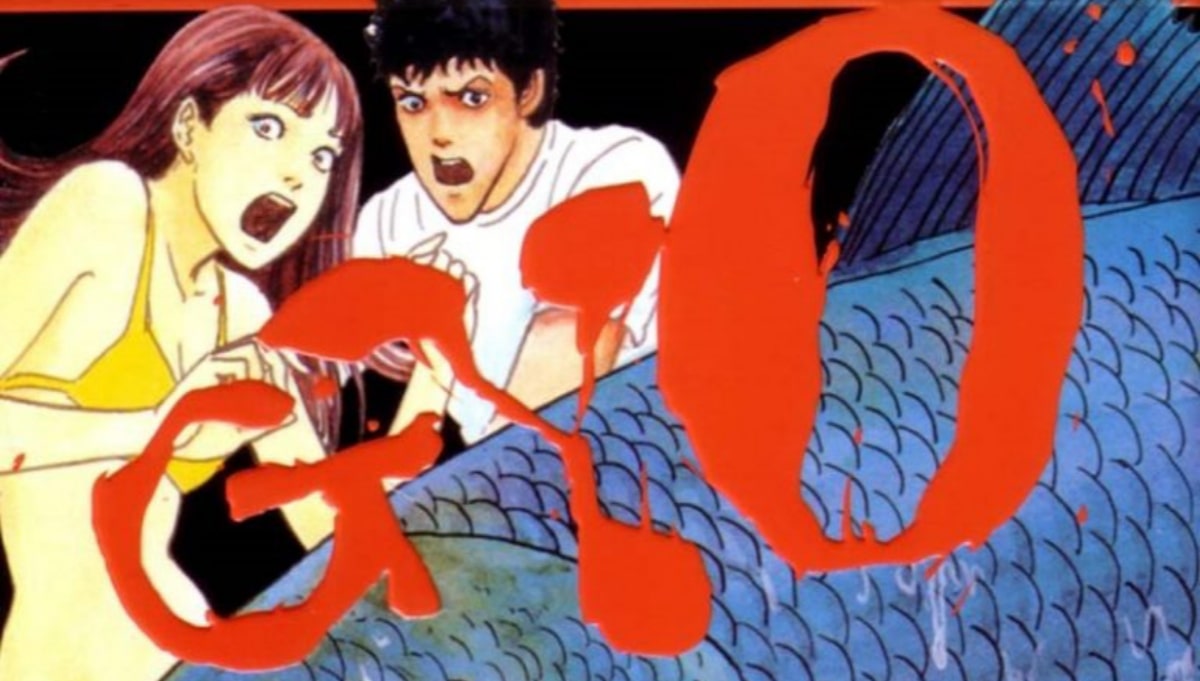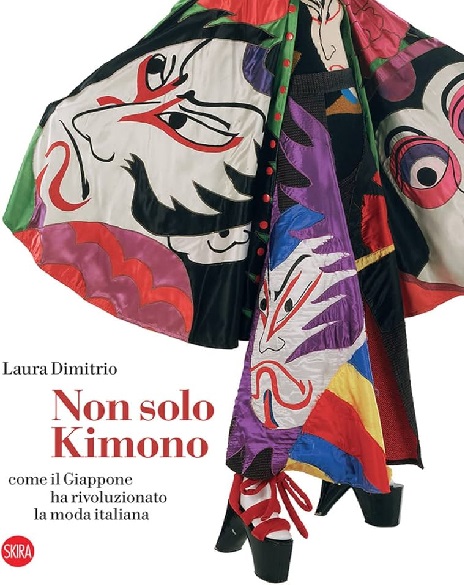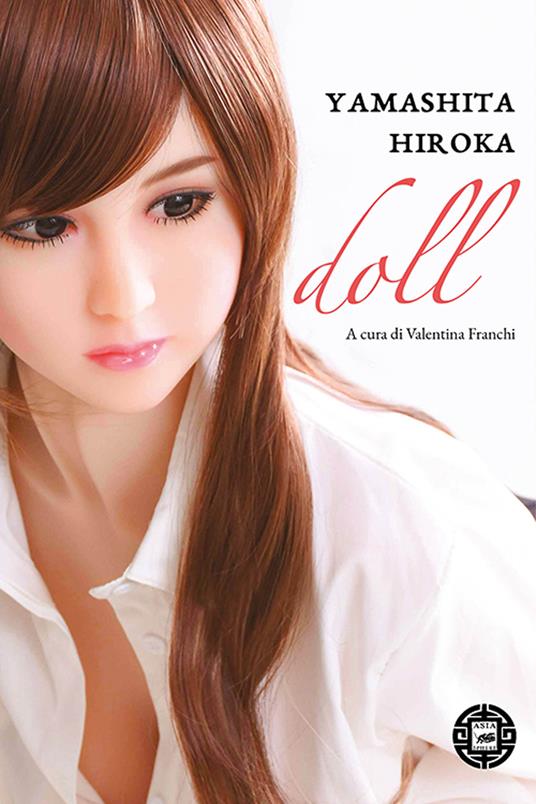“Grande festa alla corte di Francia, c'è nel Regno una bimba in più…” chi non conosce questa canzone? Sin dagli anni '80 Lady Oscar è stata un'ospite gradita nelle case degli italiani, e non solo. Certo la bionda Oscar François de Jarjayes, che combatte con la spada e si veste da uomo, ha generato qualche critica, ma molti di più sono stati coloro che, fra grandi e piccini, non si perdevano una puntata di questo famoso anime: affascinati prima dai fasti di Versailles, dagli intrighi e dagli amori dei suoi abitanti, e dopo dai sentimenti della protagonista, divisa fra la sua educazione tutta al maschile e le ragioni del cuore… e infine dall'estrema povertà del popolo, dai suoi drammi, prima sullo sfondo e viavia sempre più in primo piano, per culminare con la Rivoluzione Francese.
Il manga

Lady Oscar, o per meglio dire Versailles no Bara (letteralmente “Le Rose di Versailles”) è un manga di Riyoko Ikeda, 82 capitoli per 9 tankobon, pubblicato per la prima volta in Giappone nel 1972. L'autrice si è ispirata alla biografia di Maria Antonietta dello scrittore austriaco Stefan Zweig. Il successo è stato enorme e inaspettato, tanto che la Ikeda nel 1984 ha pubblicato una miniserie di quattro episodi, Lady Oscar – le storie gotiche, collocati cronologicamente all'interno della vicenda, prima che André si ferisca all'occhio. Nel 1987 Riyoko Ikeda inizia una serie biografica su Napoleone Bonaparte, Eroica – la gloria di Napoleone, in cui agiscono alcuni personaggi già incontrati nel corso di Lady Oscar, come Bernard e Rosalie.
Il manga in Italia viene pubblicato dopo il grande successo dell'anime. La prima edizione viene dai Fratelli Fabbri Editori, nel 1983: a colori, con un finale diverso. Viene poi stampato anche da Granata Press nel 93 e da Planet Manga nel 2001, che pubblica anche Lady Oscar – le storie gotiche. Infine, nel 2008 la d/visual decide di riproporre il manga in una serie di sei volumi dotati di sovracoperta, coi dialoghi ritradotti per essere più fedeli possibile all'originale, e con tanto di titolo cambiato in Le Rose di Versailles.
L'anime
L'anime, prodotto dalla Tokyo Movie Shinsha, viene trasmesso nel 1979, per la direzione di Tadao Nagahama. Dei quaranta episodi (più uno, inedito in Italia, che funge da riassunto degli avvenimenti) ne vennero trasmessi 24 prima che molti distretti del Giappone interrompessero la programmazione per via del flop. La direzione dal diciottesimo episodio in poi passa a Osamu Dezaki – che comunque aveva diretto il quinto e già dal dodicesimo affiancava Nagahama. Il character design fu affidato a Shingo Araki, affiancato da Michi Himeno. Nel 1986, in seguito alla maggiore notorietà di Shingo Araki raggiunta grazie a Saint Seiya, l'anime di Lady Oscar viene riproposto e stavolta ottiene un certo successo.

In Italia ottiene subito un enorme successo: viene trasmesso per la prima volta il 1° marzo 1982, ma solo 37 puntate su 40. Viene poi replicato su Bim Bum Bam durante lo stesso anno, completo delle ultime tre puntate, definite “seconda serie” (una seconda serie di tre episodi? Mah..). La serie viene poi ritrasmessa, con un titolo diverso (Una spada per Lady Oscar) e con una nuova sigla, da Mediaset all'inizio degli anni 90. Le censure, già presenti nella prima edizione, vengono incrementate. Il Paese che più spesso ha trasmesso Lady Oscar è l'Italia: infatti, da allora, viene riproposto più e più volte. La sigla torna quella della prima edizione, alcune scene tagliate da Mediaset vengono reintrodotte. L'anime viene trasmesso da Italia 7, Rete 4, Canale 5, Italia Teen Television, Hiro, La 5, Boing, e infine da Italia 2, l'anno scorso.
Le sigle
Le sigle di Versailles no Bara meritano una menzione apposita, perché anche in Giappone è parecchio noto il brano di apertura di ogni puntata: Bara wa utsukushiku chiru dei Lareine.

C'è da dire che Kamijo, al tempo vocalist della band, sembra dovesse gran parte del suo look proprio a Lady Oscar!
Altrettanto conosciuta, in Italia, la prima sigla, cantata dai Cavalieri del Re. Pur avendo cambiato l'opening, hanno mantenuto le immagini dall'edizione originale giapponese.
Nel 1990, quando viene ritrasmesso da Mediaset, l'anime si vede tuttavia cambiare la sigla di apertura. Scritta da Alessandra Valeri Manera, cantata da Cristina d'Avena e abbinata al solito patchwork di scene del cartone, la nuova sigla si mantiene inalterata per tutti gli anni Novanta. Ma la prima versione, quella dei Cavalieri del Re, è così amata che alla fine le proteste dei nostalgici hanno la meglio: nel 2002 e nel 2005 l'anime viene ritrasmesso con la sigla originale, mentre nel 2008 viene adottato un compromesso e la sigla di Cristina d'Avena viene riservata all'ending, con le stesse immagini dell'opening.
Adattamenti e censure
La prima cosa da osservare riguardo all'adattamento italiano parte dal titolo: Lady Oscar. Oscar, infatti, viene appellata per tutto l'anime al femminile, e viene chiamata madamigella da tutti i personaggi. L'appellativo di madamigella, corretto giusto in bocca alla vecchia balia, che da sempre si batte perché si renda conto di essere una donna, comporta la perdita di una sfumatura importante della psicologia del personaggio: come può una persona che si sente chiamare madamigella a ogni occasione credersi un uomo e comportarsi come tale? Come possono altri personaggi, come Fersen o Maria Antonietta all'inizio, dubitare del fatto che sia una donna? O le guardie di Francia, venirlo a sapere dopo, come se fosse un pettegolezzo? Queste cose si sono perse nella versione italiana. Tutto ciò è dovuto alla difficoltà di tradurre il suffisso onorifico –sama con cui si rivolgono a Oscar, suffisso neutro, adatto sia a una donna sia a un uomo e che ben si sposa con l'ambiguità sessuale della protagonista.
Meno comprensibile è l'adattamento di alcuni nomi francesi, brutalmente traslitterati a partire dalla pronuncia giapponese. In questo modo Valois, erroneamente pronunciato “Valò” dai doppiatori giapponesi, diventa addirittura Balò (b e v in giapponese sono indistinguibili) nella versione italiana. Ma Jeanne Valois-De la Motte è realmente esistita, sarebbe bastato rifarsi alla figura storica!

Una nota positiva merita invece il doppiaggio: la voce di Cinzia De Carolis si adatta perfettamente alla spadaccina bionda.
Un altro tasto dolente sono le censure. Le parole “Rivoluzione Francese” bastano a far capire a chiunque che Le Rose di Versailles non è esattamente un anime adatto ai bambini. Nel tentativo di adeguarlo a un pubblico infantile, Lady Oscar è stato processato ben due volte. La prima edizione, andata in onda nel 1982, presenta qualche censura, specialmente nei dialoghi, che sono stati ingentiliti: Rosalie Lamorlièle incontra Oscar per la prima volta in un tentativo maldestro di prostituzione. Disperata, senza lavoro e con la madre gravemente malata, ferma la carrozza della protagonista e le si offre in cambio di denaro, senza sapere che è una donna. In Italia viene fatto intendere che invece le ha chiesto solo del denaro come semplice atto di elemosina.
I cambiamenti più importanti si hanno quando Lady Oscar diventa Una spada per Lady Oscar: l'edizione Mediaset taglia la scena d'amore fra Oscar e Andrè nel bosco, nonostante il pudore della Ikeda avesse fatto allungare i capelli di Oscar in modo da nascondere gran parte dei loro corpi nudi.

La cosa ha sollevato un certo scalpore, ci si domandava perché mai una scena vista tranquillamente nel 1982 dovesse turbare i bambini del 1990, peraltro in un anime dove si vedono scene drammatiche e violente. Resta un mistero il motivo per cui, per esempio, sia stata ingentilita l'invettiva di Jeanne Valois in tribunale, quando dichiara mentendo di avere avuto rapporti omosessuali con la Regina, così come anche Oscar – per poi lasciare intatta la puntata in cui Charlotte, la figlia undicenne della Contessa di Polignac, per la disperazione di essere promessa a un duca quasi cinquantenne, impazzisce e si suicida buttandosi dall’alto di un palazzo. Una scena struggente, splendida nel suo dramma, ma anche impressionante.
Curiosità storiche
Il generale François de Jarjayes è esistito veramente, ma naturalmente era un uomo. Uno dei pochi a essere rimasto vicino alla Regina fino all'ultimo.
Rosalie Lamorlièle è anch'essa esistita. Non era certo la sorella di Jeanne Valois né la figlia segreta della Contessa di Polignac, ma una giovane che assisteva Maria Antonietta durante la sua prigionia alla Conciergerie, rasserenandole, per quanto poteva, i giorni in attesa del processo.
La relazione fra la Regina e il conte Hans Axel di Fersen fu sincera e appassionata come presentata nell'anime. Non si trattò, infatti, di un flirt: Fersen fu fino all'ultimo fedelissimo alla Regina di Francia, e tentò di farla fuggire dalla Parigi rivoluzionaria esattamente come nell'anime.
L'ispirazione alla biografia di Zweig è palese, alcune scene sono riportate quasi allo stesso modo: la scena in cui Maria Antonietta e Fersen ascoltano una suonatrice d'arpa in un gazebo, il modo in cui fu messo in atto l'intrigo della collana, la caratterizzazione del cardinale di Rohan. Non sono poi molte le cose inventate di sana pianta, a parte quelle che ruotano attorno alla figura di Oscar. Per ovvi motivi di pudore la Ikeda dovette fare in modo che la colpa di non essere ancora rimasta incinta ricadesse sulla Regina, quando in realtà in ogni salotto d'Europa si derideva Luigi XVI per la sua presunta impotenza. Per motivi di brevità, poiché non aveva senso trascinare avanti la storia dopo la morte della protagonista, gli avvenimenti dopo la presa della Bastiglia sono solo riassunti a voce da Rosalie e Bernard. Questo ci ha risparmiato l'angoscia di ciò che hanno subito il Re e la Regina prima della decapitazione, alle prese col popolo schizofrenico che passava dal gridare “Viva il Re! Viva la Regina!” al chiedere a gran voce le loro teste. Però questo ci ha anche impedito apprezzare il cambiamento subito da Maria Antonietta che, nel momento del bisogno, ha sempre mantenuto il suo sangue freddo. Finalmente, all'ultimo, quando ormai era davvero troppo tardi, la Regina di Francia divenne davvero la Regina di Francia, sostituendo in toto il re, l'eterno indeciso Luigi XVI. Controllata, regale, dignitosa fino all'ultimo, testarda nel suo rifiuto della Rivoluzione, a costo di inimicarsi ulteriormente il popolo, Maria Antonietta affascinò e rese suoi alleati servi, guardie, persino gli stessi rivoluzionari giacobini che la scortarono in carrozza durante il ritorno a Parigi, dopo la tentata fuga architettata da Fersen. Purtroppo questo non abbiamo potuto vederlo.
Riyoko Ikeda è stata abilissima a tratteggiare con tenerezza l'ingenuità di Maria Antonietta, prima Arciduchessa d'Austria, poi Delfina, Regina di Francia… e Vedova Capeto, come la chiameranno i rivoluzionari in attesa della sua decapitazione. Allo stesso tempo non tace sulle indubbie ragioni del popolo, ridotto alla fame e segnato dagli stenti. Non tralascia i lati oscuri, la violenza sanguinaria della Rivoluzione Francese, la follia popolare, la superficialità della Regina. Oscar è la protagonista perfetta: donna, capace di comprendere le passioni di Maria Antonietta e apprezzarne il candore, e al tempo stesso educata come un uomo e con la possibilità di godere di libertà che le nobildonne dell'epoca non potevano concedersi, rinchiuse nei fasti di Versailles o delle loro regge, del tutto ignare della condizione in cui versavano le classi meno abbienti della Francia nell’Ancien Régime.
L'anime si conclude con una puntata in cui si racconta della fine della Rivoluzione e dell'inizio del Terrore. La decapitazione del Re e della Regina di Francia non era bastata a risolvere i problemi del popolo affamato. Fu uno spargimento di sangue comprensibile, eppure inutile, e la Regina, con le sue frivolezze, ormai non era diventata altro che una donna spaventata e privata di tutto: della casa, del marito, dei figli. Tutti avevano le loro ragioni, eppure tutti erano colpevoli. Questo è il messaggio dell'ultima puntata di Le Rose di Versailles.




